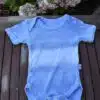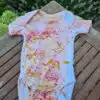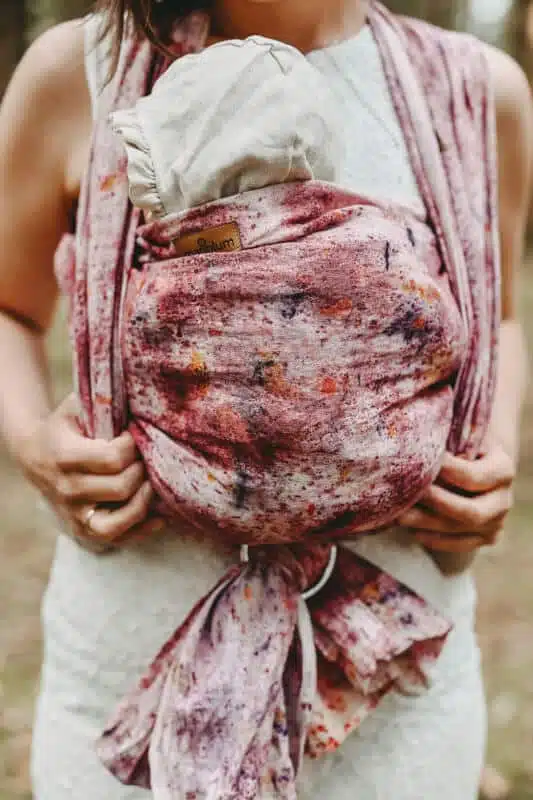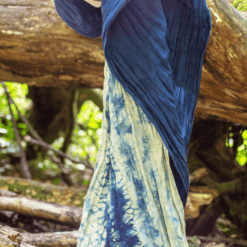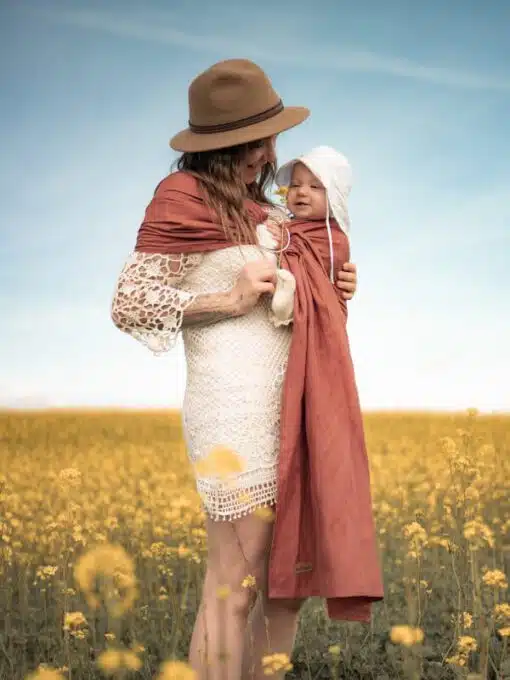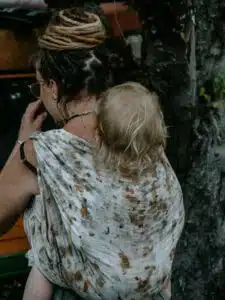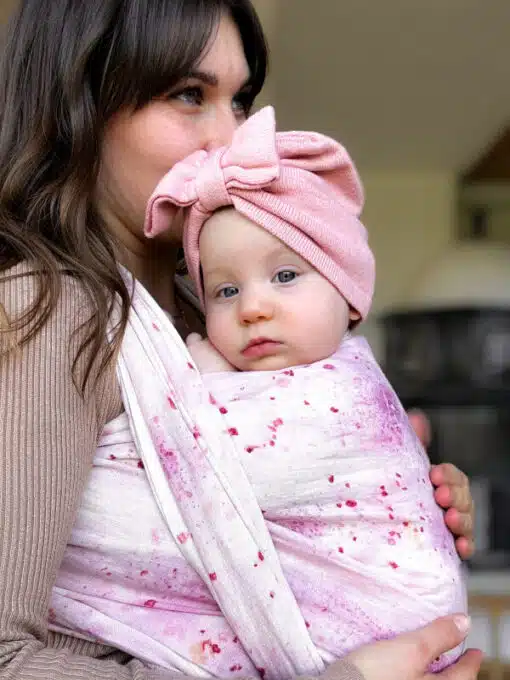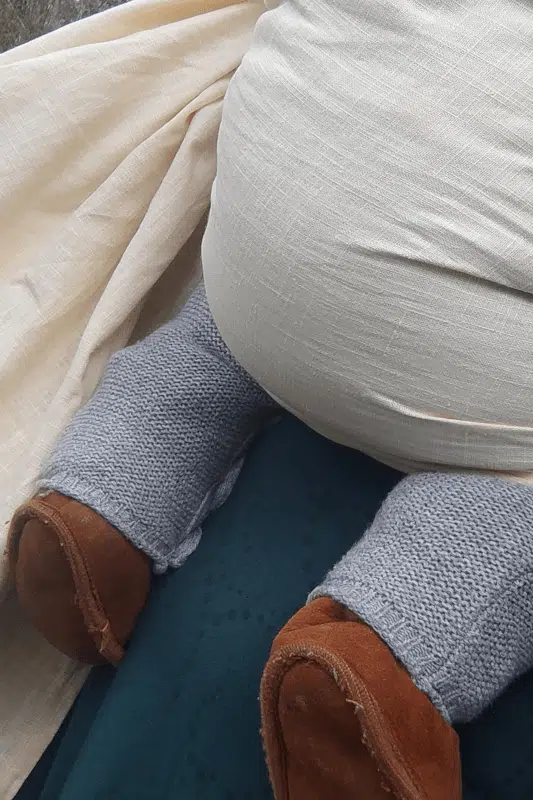Babywearing News
The importance of slings for the bond between parent and child
The use of slings is more than just a practical method of transporting a child. It has a profound effect on the bond between parent and child. In the first months and years of life, bonding is a key component of a child’s emotional and psychological development. Slings promote this bond in a unique way by offering closeness, safety and security.
Table of Contents
- Physical closeness and emotional security
- Promotion of basic trust
- Reduction of postpartum depression
- Practical aspects of baby slings
- Long-term effects on the parent-child relationship
- Conclusion
Physical closeness and emotional security
The physical closeness that comes from carrying your baby in a sling plays an essential role in the development of a secure bonding pattern. Physical contact allows the baby to feel the parent’s warmth, heartbeat and breathing. These sensory impressions are crucial for a feeling of safety and security. A study by Hunziker and Barr (1986) shows that babies who are carried regularly cry less and can be soothed more quickly.
Linen Fabric
Linen Fabric
Promotion of basic trust
A child’s basic trust develops through consistent, loving attention and the certainty that their needs will be recognised and met. Ainsworth’s research on attachment theory (1979) shows that children who develop a secure bond with their parents benefit from better emotional stability and higher self-esteem in the long term. Slings support this development as they enable parents to better recognise their child’s non-verbal signals and respond to them immediately.
Reduction of postpartum depression
For mothers, carrying their baby in a sling can also have a positive effect on their own mental health. The constant contact and closeness can help alleviate postpartum depression and improve emotional well-being. A study by Bigelow and Power (2012) shows that skin-to-skin contact and babywearing are associated with a reduction in symptoms of postpartum depression.
Practical aspects of baby slings
In addition to the emotional and psychological benefits, using slings also offers practical benefits that can strengthen bonding. Parents have their hands free and can go about their daily lives while carrying their baby close to them. This makes it easier to spend more time together and deepen the bond without having to neglect everyday tasks.
Long-term effects on the parent-child relationship
The bond fostered by babywearing has long-term effects on the parent-child relationship. Children who experience a secure attachment in the first months and years of life tend to become more independent and self-confident adults. They develop a strong sense of self-worth and the ability to build healthy relationships with other people. This is also confirmed by the long-term study by Sroufe et al. (2005), which shows the connection between early attachment security and later social and emotional competence.
Conclusion
The use of slings is more than just a practical transport option. It is an effective method of strengthening the bond between parent and child. Through the closeness and constant contact, the child’s needs are better recognised and a deep, secure bond is established. The emotional security and basic trust that this promotes have lifelong positive effects on the child’s development. In a modern world where mobility and social networking are important, baby slings offer a valuable link between traditional wisdom and modern lifestyles.
Sources
-
- ¹ Increased babywearing reduces infant crying
A randomised controlled trial. *Pediatrics*, 77(5), 641-648. (Hunziker, U. A., & Barr, R. G. 1986). - ² Attachment between infant and mother
Erschienen im *American Psychologist*, 34(10), 932-937. (Ainsworth, M. D. S. (1979). - ³ Skin-to-skin contact between mother and infant
Short- and long-term effects on mothers and their infants born naturally. From *BMC Pregnancy and Childbirth*, 12, 147. (Bigelow, A., & Power, M. (2012)) - ⁴ The development of the human being
The Minnesota Study of Risk and Adaptation from Birth to Adulthood. *Guilford Press. *Guilford Press*. (Sroufe, L. A., Egeland, B., Carlson, E., & Collins, W. A. (2005)).
- ¹ Increased babywearing reduces infant crying

